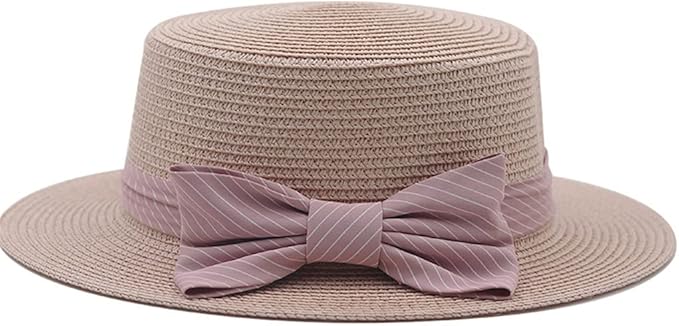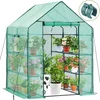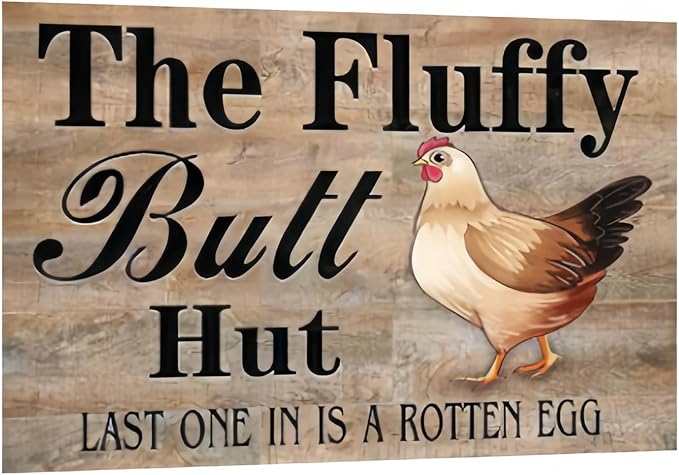Herbs Picked for Your Climate
Fresh herbs can be a great addition to any home's garden or landscaping. Many types can even be grown indoors for easy access and maintenance. Whether it's in the backyard or in window boxes, growing herbs is a great and simple way to add edible plants to your garden or kitchen. Herbs like basil, mint, and parsley are not only easy to grow but also versatile in their uses. They can enhance the flavor of your dishes, provide medicinal benefits, and even add a pleasant aroma to your home. With a little care and attention, you can enjoy a bountiful harvest of fresh herbs year-round.
Search Plants by Zip Code
Beautiful and easy to grow, herbs can be utilized in multiple ways. Many varieties make great culinary additives that bring unique flavor and extra texture to all types of food. Some herbs also contain properties that have proven useful for medicinal purposes. Certain herbs like borage, dill, and marigold can even add pops of color to your garden with their seasonal blooms. The list of possible uses goes on and includes using herbs like lavender and lemon balm for their aromatic features, providing rich compost and fertilizer to other plants, and even growing some catnip for a pet. Whatever your goal, herbs are a great practical staple to add to your new or current plant collection.
Best Plants by State
In cooking, herbs are often used to enhance and complement both sweet and savory dishes. Oregano and thyme are perfect in pastas and other Italian foods. Epazote goes great with bean dishes and soups, and ginger is frequently used in oriental cuisine. The addition of herbs like chives, cilantro, and coriander to any meal adds an extra dimension of flavor that will increase the complexity of your cooking. Fresh herbs can be used in salads, marinades, and dressings, while dried herbs are perfect for seasoning meats, vegetables, and sauces. Experimenting with different herb combinations can elevate your culinary creations to new heights.
Herbs can also be used for medicinal purposes, a practice that dates back to ancient civilizations like the Greek and Egyptians. Herbs and their extracts are still commonly used in traditional Chinese medicine as well as Ayurvedic medicine, one of the oldest holistic health treatments that originated in India. Some herbs are even considered sacred within certain religions and are often utilized for spiritual practices. Today, herbs are still commonly used to provide natural relief from common ailments. Aloe vera is used to soothe burnt or irritated skin, and chamomile tea is a common tool for relieving stress and providing relaxation. Chewing the leaves of feverfew can treat headaches and arthritis pain. There is even evidence to suggest that garlic can aid in lowering cholesterol. Having herbs such as these around the house provides quick and convenient treatment for when you may be feeling under the weather.
Herbs are not only useful in the kitchen but also add fragrance and beauty to your garden. Check out our herb guide for tips on growing and using herbs in your cooking and home remedies. Herbs can be grown in containers, garden beds, or even indoors, making them a versatile choice for any gardener. Learn about the different types of herbs, including culinary, medicinal, and aromatic varieties. Our guide covers planting, care, and harvesting techniques to ensure a bountiful herb garden. Discover how to use herbs in cooking, teas, and natural remedies. With the right care, herbs can provide fresh flavors and health benefits throughout the year.
Like all plants, different herbs have different preferences when it comes to growing conditions. Check information on the herb you want to plant before establishing its environment and familiarize yourself with proper maintenance methods to make sure all of your herbs thrive. Some herb types need room outdoors to grow a wide root base. Others, however, can grow well or even better using the container gardening method. Using this method for herbs like bay and basil doesn't require any kind of special lighting, only pots and a window are needed. Container gardening also allows you to move your herbs indoors during colder months, ensuring a year-round supply of fresh herbs.
Regardless of what you intend to do with your herbs, they will always make any garden beautiful, diverse, and practical. Browse our selection of all recommended herb plants below, or search for your zip code to find which plants are best suited for your region's climate. Herbs can be used to create stunning garden borders, fragrant pathways, and even living walls. They can also attract beneficial insects to your garden, helping to pollinate your plants and control pests. With so many varieties to choose from, you can create a unique and vibrant herb garden that reflects your personal style and preferences.
Herbs are a great way to introduce children to gardening. They are easy to grow, require minimal maintenance, and can be used in fun and educational projects. Kids can learn about the different uses of herbs, from cooking to crafting, and even create their own herb gardens. Growing herbs can also teach children about responsibility and the importance of caring for living things. With a little guidance, kids can enjoy the rewards of harvesting their own fresh herbs and using them in their favorite recipes.
Herbs can also be used to create natural beauty products. Many herbs have properties that are beneficial for the skin and hair, making them a popular choice for homemade lotions, soaps, and shampoos. Lavender, for example, is known for its calming and soothing effects, while rosemary can stimulate hair growth and improve scalp health. By growing your own herbs, you can create personalized beauty products that are free from chemicals and tailored to your specific needs. Our guide includes recipes and tips for making your own herbal beauty products at home.
Herbs can be preserved in a variety of ways to ensure you have a supply of fresh flavors year-round. Drying is one of the most common methods, and it can be done by hanging herbs in a cool, dry place or using a dehydrator. Freezing is another option, and it works well for herbs like basil and parsley. You can also make herb-infused oils and vinegars, which can be used in cooking or as salad dressings. Our guide includes detailed instructions on how to preserve your herbs and make the most of your harvest.
Herbs lend themselves quite easily to the natural cleaning products as well. Many herbs have antibacterial and antifungal properties, making them a great choice for homemade cleaners. Lemon balm, for example, can be used to make a refreshing and effective all-purpose cleaner, while thyme can be used to create a powerful disinfectant. By using herbs in your cleaning routine, you can reduce your reliance on chemical cleaners and create a healthier home environment. Our guide includes recipes and tips for making your own herbal cleaning products.
As you can see, the array of available herbs is incredibly diverse. Categorization can be broken down into three main categories: annuals, perennials, and biennials. Most herbs are annuals, like basil and cilantro, and require an environment free from harsh winters. Perennials like mint, oregano, sage, and chives are a little more resilient and are your best bet for consistent growth through the seasons. Biennials, as the name suggests, take two years to reach maturity and include parsley and caraway.
Like all plants, different herbs have different preferences when it comes to growing conditions. Check information on the herb you want to plant before establishing its environment and familiarize yourself with proper maintenance methods to make sure all of your herbs thrive. Some herb types need room outdoors to grow a wide root base. Others, however, can grow well or even better using the container gardening method. Using this method for herbs like bay and basil doesn't require any kind of special lighting, only pots and a window are needed.
Best Herbs for Every State
Regardless of what you intend to do with your herbs, they will always make any garden beautiful, diverse, and practical. Browse our selection of all recommended herb plants below, or search for your zip code to find which plants are best suited for your region's climate.











